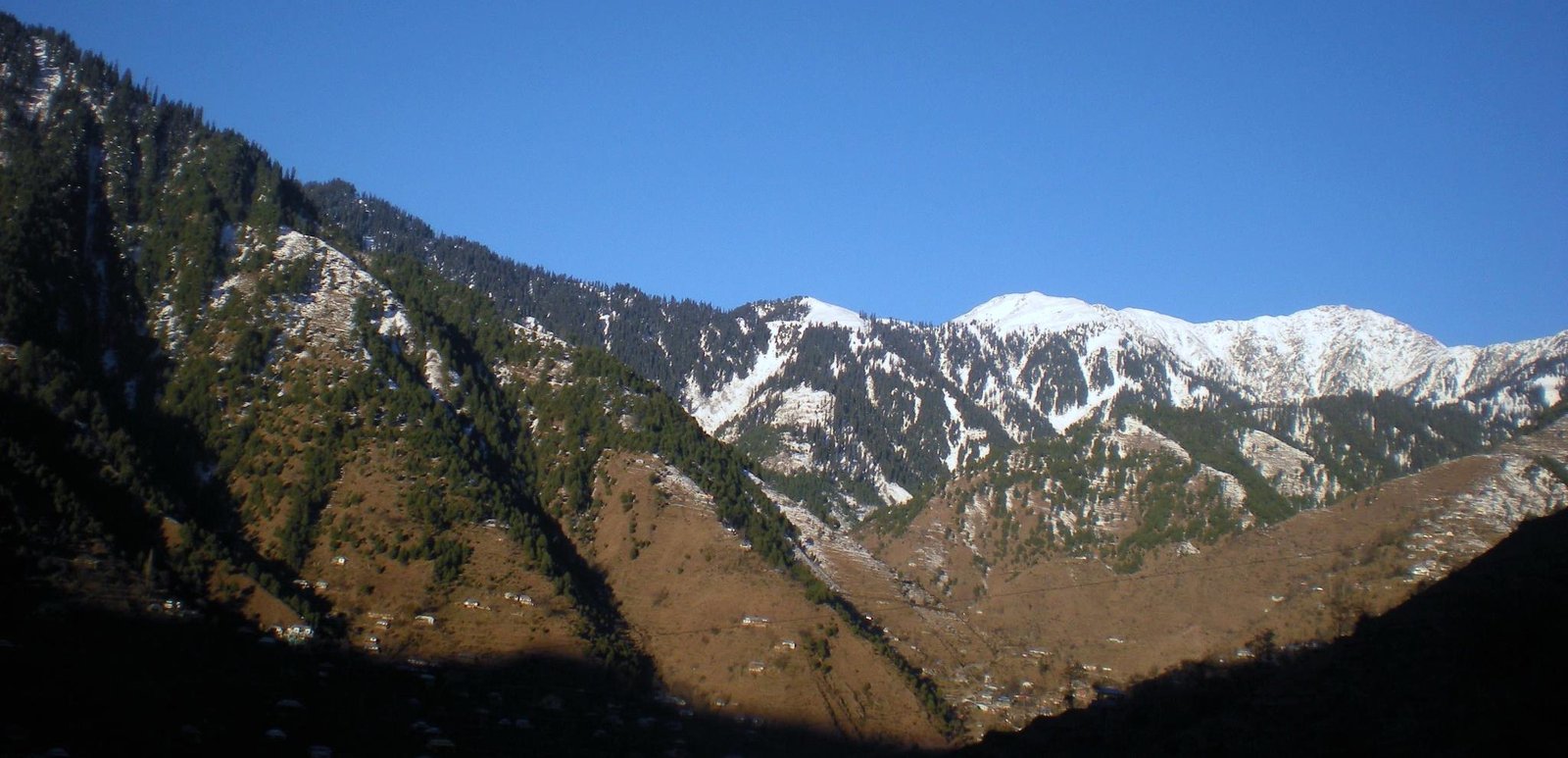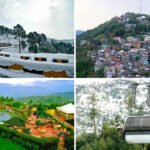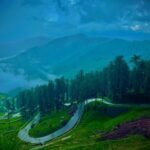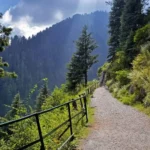Wildlife Encounters in Murree’s Forests
Beyond its scenic beauty, Murree's forests teem with wildlife—from troops of playful monkeys to rare leopard sightings and over 200 bird species. This guide reveals the best locations, seasons, and techniques for observing Murree's wild residents responsibly, whether you're a wildlife photographer or casual nature lover.
Why Murree for Wildlife?
Murree's unique ecosystem supports diverse species due to:
- Altitude Range: 1,800m-3,000m creates varied habitats
- Protected Areas: Ayubia National Park's rich biodiversity
- Migration Routes: Important for Himalayan birds
- Low Hunting Pressure: Compared to other regions

Himalayan Monkeys: Murree’s Playful Residents
The Rhesus Macaque and endangered Kashmir Gray Langur thrive in Murree's forests. Observe them responsibly at these hotspots:
Patriata Monkey Point
The most reliable location for close encounters with habituated troops.
Photography Tips
- Best light: Early morning (6-8 AM)
- Use 70-200mm lens for portraits
- Focus on juveniles for playful shots
- Avoid feeding (causes aggression)
Behavior Note: Dominant males often sit higher in trees as lookouts.

Kashmir Gray Langurs in Ayubia
Spot these rare, leaf-eating monkeys in old-growth forests.
- Best Trail: Mushkpuri Top hike
- Season: Year-round, but most active in autumn
- Identification: Silver-gray fur with black face
- Conservation Status: Endangered (only 300 left in Pakistan)
Leopard Sightings: Murree’s Elusive Predators
While rarely seen, Murree's leopards leave unmistakable signs for those who know where to look.
Ayubia’s Leopard Trail
Camera traps confirm 8-12 leopards in this national park.
Tracking Tips
- Look for pugmarks near water sources
- Scat often contains monkey hair
- Scratch marks on cedar trees at 2m height
- Best season: Winter (clear tracks in snow)
Safety: Never hike alone at dawn/dusk in core areas.

Birdwatching Hotspots: Feathered Jewels of Murree
Murree hosts over 200 bird species, including Himalayan rarities. Prime locations:
Pine Forest Birding Trail
Best for colorful pheasants and woodpeckers.
Top Species
- Koklass Pheasant (endemic)
- Himalayan Monal (Pakistan's national bird)
- Rufous-bellied Woodpecker
- Spot-winged Tit
Pro Tip: Use playback sparingly to attract shy species.

Wildlife Photography Tips
Essential Gear for Murree
- Lenses: 100-400mm ideal for birds/monkeys
- Support: Lightweight tripod for low-light forest shots
- Clothing: Earth tones for camouflage
- Extras: Rain cover for sudden mountain showers

Ethical Wildlife Watching
Murree Wildlife Code
- Maintain 15m distance from mammals
- Never feed wild animals
- Stay on marked trails to minimize habitat damage
- Use silent camera shutters near nesting birds
- Report poaching activity to forest guards
By following these practices, we ensure Murree's wildlife thrives for future generations to enjoy.






